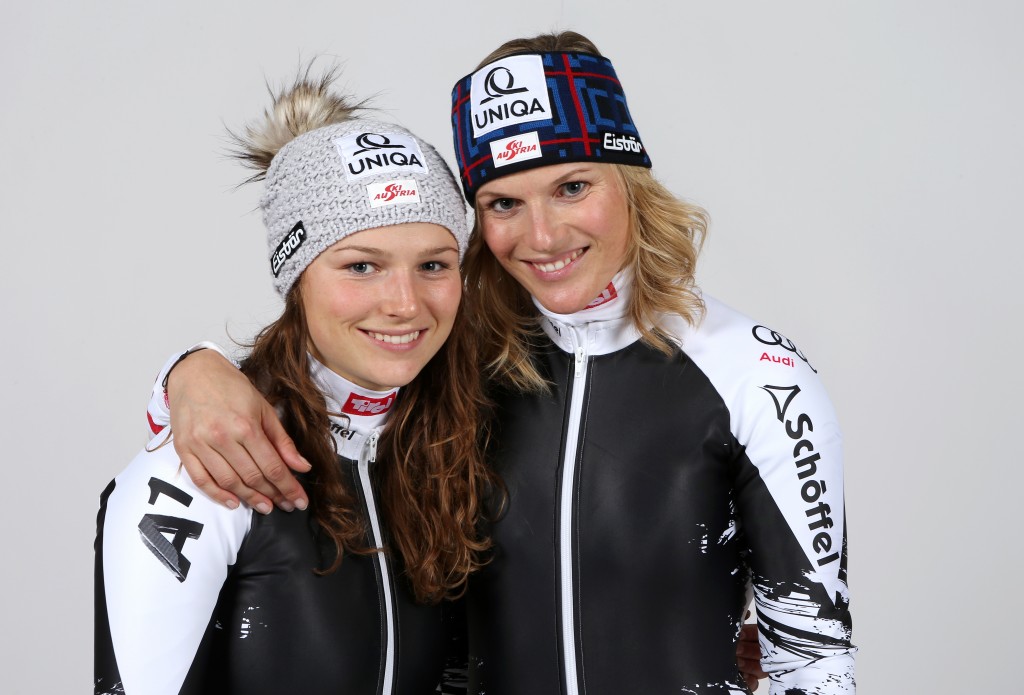The Ada James papers document the grass roots organizing and politics required to advertise and guarantee the passage of girls’s suffrage in Wisconsin and past. Hannam, June, Mitzi Auchterlonie, and Katherine Holden. International encyclopedia of girls’s suffrage (Abc-Clio Inc, 2000). Kif Augustine-Adams, “Women’s Suffrage, the Anti-Chinese Campaigns, and Gendered Ideals in Sonora, Mexico, 1917–1925.” Hispanic American Historical Review 97(2)May 2017, pp. 226–27.
Women’s suffrage in religionsEdit
Pakistan was a part of British Raj till 1947, when it turned impartial. Women obtained full suffrage in 1947. Muslim women leaders from all classes actively supported the Pakistan movement within the mid-1940s. Their motion was led by wives and other relatives of leading politicians.
This was the primary time the Swedish women’s motion themselves had officially offered a requirement for suffrage. The Swedish author Maria Gustava Gyllenstierna (1672–1737); as a taxpaying property proprietor, and a girl of legal majority because of her widowed status, she belonged to the women granted suffrage in accordance with the constitution of the age of liberty (1718–1772). No woman has been elected Prime Minister of Greece, however Vassiliki Thanou-Christophilou served because the nation’s first female Prime Minister, heading a caretaker government, between 27 August and 21 September 2015. The first woman to guide a significant political get together was Aleka Papariga, who served as General Secretary of the Communist Party of Greece from 1991 to 2013.
In 2005 nearly a 3rd of the Members of Parliament elected have been female. Women recently have also occupied powerful and symbolic offices such as these of Prime Minister (Jenny Shipley, Helen Clark and current PM Jacinda Ardern), Governor-General (Catherine Tizard and Silvia Cartwright), Chief Justice (Sian Elias), Speaker of the House of Representatives (Margaret Wilson), and from three March 2005 to 23 August 2006, all four of these posts have been held by women, along with Queen Elizabeth as Head of State. In 1944, groups supporting women’s suffrage, an important being Feminine Action, organized across the country.
Later these associations have been integrated into the Social Democratic Party, which continued to campaign for female suffrage. It was only in 1918 that full political participation was achieved with the common, direct, equal and secret suffrage for all Austrian women. Women’s Suffrage, “A World Chronology of the Recognition of Women’s Rights to Vote and to Stand for Election”. Eva Perón voting at the hospital in 1951.
Current data on women’s operating sport
In Turkey, Atatürk, the founding president of the republic, led a secularist cultural and authorized transformation supporting women’s rights including voting and being elected. Women won the best to vote in municipal elections on March 20, 1930. Women’s suffrage was achieved for parliamentary elections on December 5, 1934, by way of a constitutional amendment. Turkish women, who participated in parliamentary elections for the first austrian girls time on February eight, 1935, obtained 18 seats. During the Miguel Primo de Rivera regime (1923–1930) solely women who were thought of heads of household were allowed to vote in native elections, however there have been none at the moment.
It requires, briefly, the transformation of the idea of woman who sacrificially has increased the variety of its duties without in search of the minimal of their rights. In July 1911, Dr. Lanteri have been enumerated, and on November 26 of that 12 months exercised her right to vote, the first Ibero-American woman to vote. Also coated in a judgment in 1919 was offered as a candidate for nationwide deputy for the Independent Centre Party, acquiring 1,730 votes out of 154,302. Women had been allowed to vote in that province since 1862, however solely in municipal elections.
Earlier this week, the federal government of Sebastian Kurz was ousted after dropping a movement of no-confidence in parliament. Kurz, of the Austrian People’s Party, was the primary chancellor since World War II to be toppled in such a vote.
HistoryEdit
In 1962, on its independence from France, Algeria granted equal voting rights to all men and women. old and older.
Since then, women have had the proper to vote. Line luplau seen within the foreground on her daughter Marie Luplau’s large group portrait portray From the Early Days of the Fight for Women’s Suffrage (1897). Although legally entitled to vote, black women were successfully denied voting rights in quite a few Southern states till 1965.

In many international locations, restricted suffrage for girls was granted before common suffrage for men; for example, literate women or property owners were granted suffrage before all men acquired it. The United Nations encouraged women’s suffrage within the years following World War II, and the Convention on the Elimination of All Forms of Discrimination Against Women (1979) identifies it as a primary right with 189 countries presently being parties to this Convention. Proletarian women’s associations represented working women and domestic staff, who were socially and legally underprivileged and had no vote under the up to date census suffrage. A leading persona in the Arbeiterinnen-Bildungsverein (Working Women’s Educational Association), based in 1890, was Adelheid Popp. As editor of the Arbeiterinnen-Zeitung (Working Women’s Newspaper), published since 1893 as a supplement of the Social Democratic Arbeiter-Zeitung, she created a public mouthpiece for ladies.
About The Local
“A History of the Right to Vote in Romania”. Comenius. Archived from the original on 2016-10-09. “Comenius 1 History Project – A History of the right to vote in Romania”. Archived from the unique on 2016-10-09.



